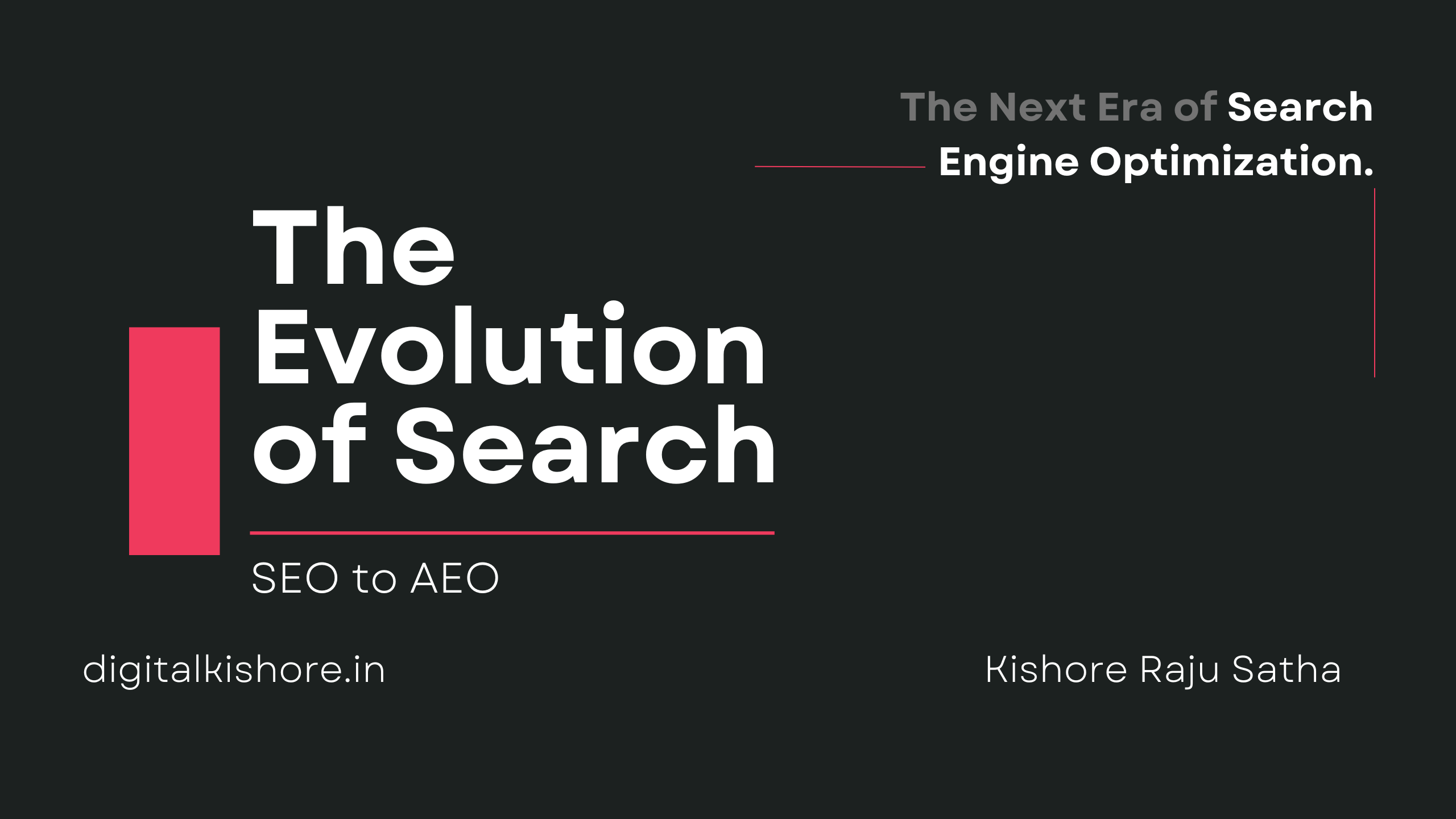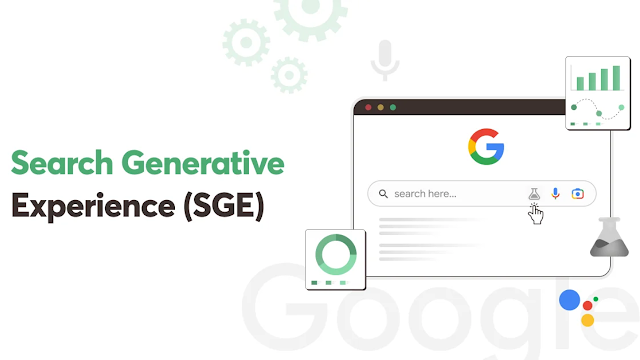3. The Shift Towards AEO
What is AEO and How It Differs from SEO
Answer Engine Optimization (AEO) is the practice of optimizing content to appear as a direct answer to user queries, often in the form of featured snippets, knowledge panels, or through voice search responses. While traditional SEO focuses on ranking pages for specific keywords, AEO focuses on providing instant, concise answers directly in the search results.
The key distinction between SEO and AEO lies in their core focus:
- SEO is about improving a website’s ranking in search engine results by optimizing for keywords, backlinks, and other ranking factors.
- AEO, on the other hand, is about positioning your content to be chosen as the answer that search engines provide directly to users, often without them having to click through to your site. This is especially relevant in the era of voice search and instant answers, where users expect to receive quick, concise information.
How Search Engines Are Transforming into Answer Engines
Search engines, particularly Google, have evolved to prioritize providing immediate, relevant answers over simply listing a series of ranked pages. Over the years, they’ve refined their algorithms to not only understand the keywords users type in but to also comprehend the context and intent behind those queries. As a result, search engines are now shifting from being “search engines” to becoming “answer engines.”
This transformation is driven by advancements in artificial intelligence (AI), natural language processing (NLP), and machine learning. These technologies allow search engines to interpret user queries in a more conversational manner, prioritize relevant answers, and even deliver those answers directly within the search results page. Instead of requiring users to click on a link to find information, search engines now provide the answer in the form of snippets, panels, or directly through voice search tools like Google Assistant.
The shift is clear: search engines are now focused on solving problems and answering questions, not just ranking content. This approach benefits both users—who get what they need faster—and businesses—who get to have their content featured prominently in search results.
Examples of Direct Answers in Search Results
Several types of “direct answer” features have emerged in search engines as part of this shift towards AEO:
1. Featured Snippets
Featured snippets are short, concise answers that appear at the top of some search results. These snippets are often pulled from webpages that best answer the user’s query and appear above the traditional organic search listings. The content is extracted and displayed in a box with a summary, and sometimes, a link to the page where the information is from.
Example:
- Query: “What is the capital of France?”
- Direct Answer: “The capital of France is Paris.”
2. Knowledge Panels
Knowledge panels are boxes that appear on the right-hand side of the search results (on desktop) and contain structured data about a person, place, or thing. These panels are powered by Google’s knowledge graph, which collects and organizes data from various authoritative sources. They offer users a snapshot of information without requiring them to click on any links.
Example:
- Query: “Albert Einstein”
- Direct Answer: The knowledge panel will show details like his birthdate, field of work, notable achievements, and a short biography.
3. “People Also Ask” (PAA) Sections
The “People Also Ask” (PAA) section is a feature in Google search that provides users with a list of related questions to their original query. Clicking on one of the questions reveals a direct answer from a relevant webpage, often in the form of a featured snippet. The PAA box helps users refine their searches and offers quick answers to their follow-up questions.
Example:
- Query: “How to start a blog?”
- PAA Question: “What are the steps to create a blog?”
- Direct Answer: A brief list of steps outlining how to start a blog, often sourced from authoritative websites.
These direct answers are becoming more and more important in the evolving search landscape. With the rise of voice search and the demand for instant, useful information, businesses must optimize their content to appear in these prime spots. Instead of simply focusing on ranking for keywords, content creators now need to focus on delivering clear, concise, and actionable answers that directly address the user’s needs. Optimizing for AEO means adjusting your strategy to be the source that search engines choose to present directly to users.


